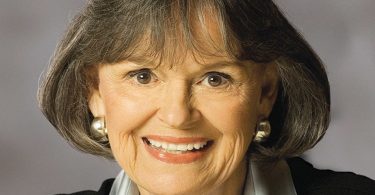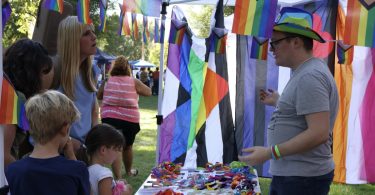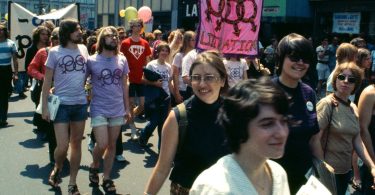Daryll Rowe appeared in the films in 2014 and 2015 | Photo: Blake Mason
You may have heard the sexuality theory that gay men are more likely to have older brothers.
And unlike other theories, like finger length or if your hair grows counter-clockwise, scientists give this one some credibility.
Researchers call this phenomenon the fraternal birth order effect, or FBOE.
Gay men with older brothers are more likely to be bottoms
But now, scientists have suggested that having an older brother could mean cis gay men are more likely to prefer bottoming.
Two new studies published in 2018 – one conducted by in Canada and the other in the US – implies this could be the case.
Fraternal birth order effect is strong among gay guys who bottom versus those who are either tops or versatile.
Studies show bottoms are, on average, are more likely to express their femininity through personality, behavior and cognitive traits.
These new findings suggest FBOE might affect sexual orientation specifically through increasing gender-nonconformity.
Canadian researchers measured participants’ gender-nonconformity in childhood and in adulthood.
They did not find any link that suggests you are more likely to be a trans woman if you have an older brother.
But they did find you are more likely to prefer receiving during anal sex. So this means, according to science, there is nothing innately ‘feminine’ about bottoming.
Findings based on nature, not nurture
Researchers posited straight men who like to get pegged by female partners might be more expected to have more older brothers.
Fraternal birth order effect is not psychological.
In a 2006 study, scientists looked at biological and nonbiological brothers separately and found FBOE is based on nature.
FBOE is about the number of male fetuses a mother has carried in her womb before her youngest son, rather than the number of older brothers he is raised with after birth.
Scientists don’t yet understand how this works.
Once a mother has a boy, parts of the Y-chromosome of these fetuses cause an immunological reaction. These antibodies remain in her body, and later affect the brains of any future male fetuses in her womb. This makes the younger boys more likely to be gay. Each subsequent male pregnancy only makes this reaction stronger.
Origins of homosexuality
Scientists have long wondered how to explain the origins of homosexuality.
Researchers long believed sexual orientation stemmed from the basic makeup of a person’s DNA or their genetic line.
Some have pointed to similar brain patterns in straight women and gay men, and straight men and lesbians.
In 2012, researchers suggested the answer lies in epigenetics.
The National Institute for Mathematical and Biological Synthesis said ‘temporary switches’, how the gene behaves, known as epi-marks, could be the answer.
The epi-mark that makes a woman gay is passed from the father and the one that makes a man gay is passed from the father.
Some say scientists, in terms of evolution, cannot be solely genetic otherwise homosexuality would eventually disappear given gay people are less likely to reproduce.
Epi-marks, on the other hand, are thought to have an evolutionary advantage that keeps gay people within the population.







